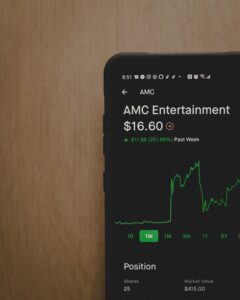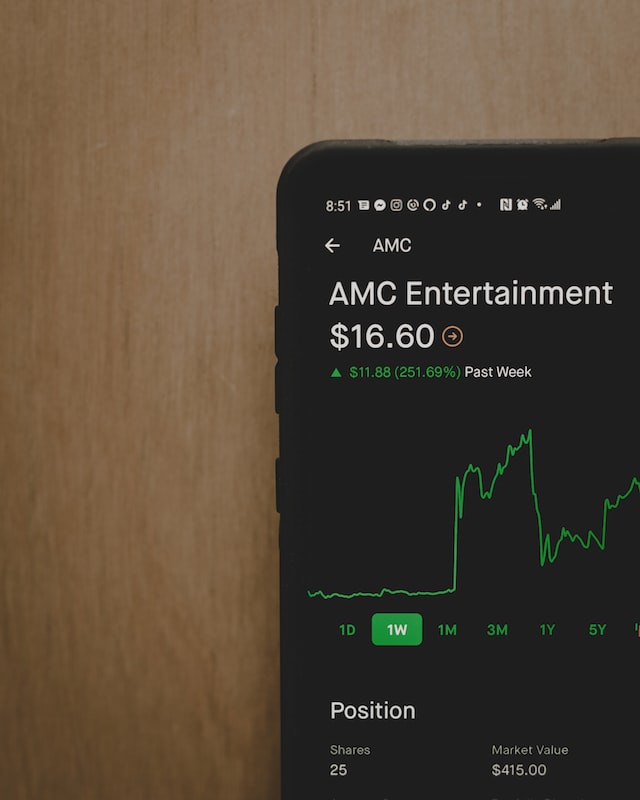Every successful investor in the stock market relies on two sets of skills to stay ahead of the game: fundamental and technical analysis. Although both skills are very different from one another, they are equally crucial to grasp what’s going on with your investments. Incorporating technical indicators into your trading strategy is an essential part of earning profits from your assets in the equity market.

Below are the top 5 technical indicators that are a must-know for traders of all levels.
- Moving average
The moving average (MA) or simple moving average (SMA) is a common technical indicator that is used to determine the direction of the ongoing price trend of a financial instrument. Without considering the influence of shorter-term price hikes, the moving average combines all the price points over a determined time frame and divides them by the data points in order to present a single trend line.
As the price data can be volatile in a trading chart, MA can be useful by providing an easy-to-read trendline that is based on the average price of the given stock over a predetermined timeframe. Although moving averages can span the amount of time a trader prefers, the most common time frames are the 120-day, 90-day, 50-day, and 30-day MAs. With the MA indicator, you can analyse the levels of support and resistance as well as study the previous price actions to determine possible future patterns of the stock.
- Relative strength index
The relative strength index, or RSI, is basically a momentum indicator that is commonly used by traders to identify the strength of price fluctuations in the market. RSI is shown as a numeric value that generally ranges from 0 to 100, where an overbought asset is considered around the 70 levels and an asset near the 30 levels is oversold.
An overbought stock is often likely to be directed into a losing streak and is considered to be primed for a reversal. Similarly, an oversold stock refers to a stock that is currently falling but is highly likely to reverse direction and head for a positive movement.
- Moving average convergence divergence
MACD, or moving average convergence divergence is a technical indicator that helps in determining the changes in momentum by making a comparison of two moving averages. This oscillator and momentum indicator is widely used by traders to generate buy and sell signals and help them identify trading opportunities around support and resistance levels.
A general rule of thumb in this indicator is that when two MAs are coming together, it denotes convergence, in which momentum is decreasing. Similarly, when divergence is occurring, two MAs are moving apart, increasing the momentum simultaneously.
- Exponential moving average
This is another type of moving average that although sounds similar to the SMA, differs from each other. Unlike the SMA, in the EMA, a greater level of importance is given to the most recent price data, with the least level of importance given to the oldest price data within the average. With EMA, traders can identify market moves and determine their legitimacy.
- Stochastic oscillator
Last but not least, the stochastic oscillator is an indicator that helps in comparing a particular closing price of a stock to a range of its values over time. The stochastic oscillator indicator includes both momentum and trend strength and typically uses a range of 0 to 100.
Conclusion
While there are multiple technical indicators present in the market that serve different purposes, to get the most out of your trading journey, make sure you adhere to those indicators that suit your trading strategy and financial goal.
*Cordly.io does not offer financial advice, sell any financial products, or encourage to invest in specific assets or instruments.*


 All Blogs
All Blogs